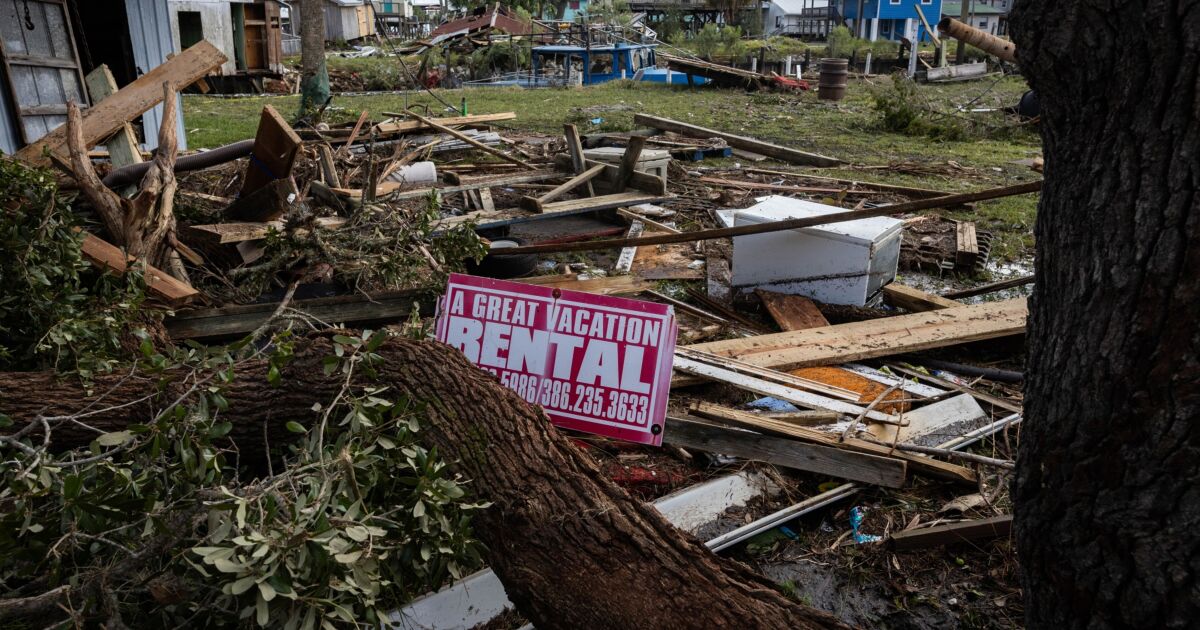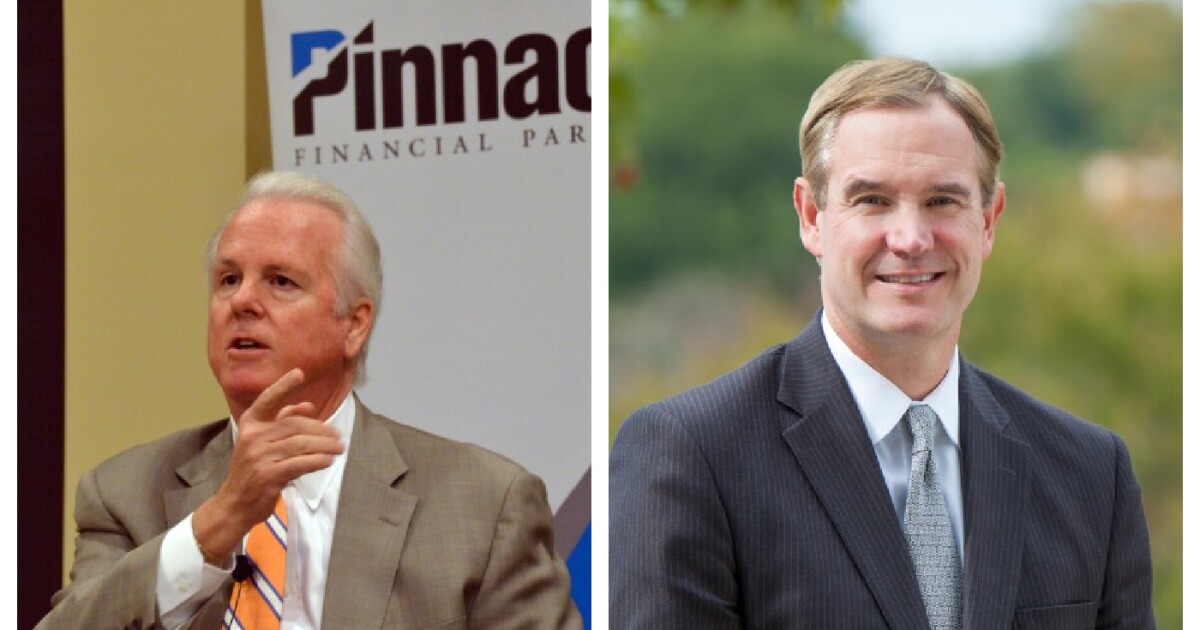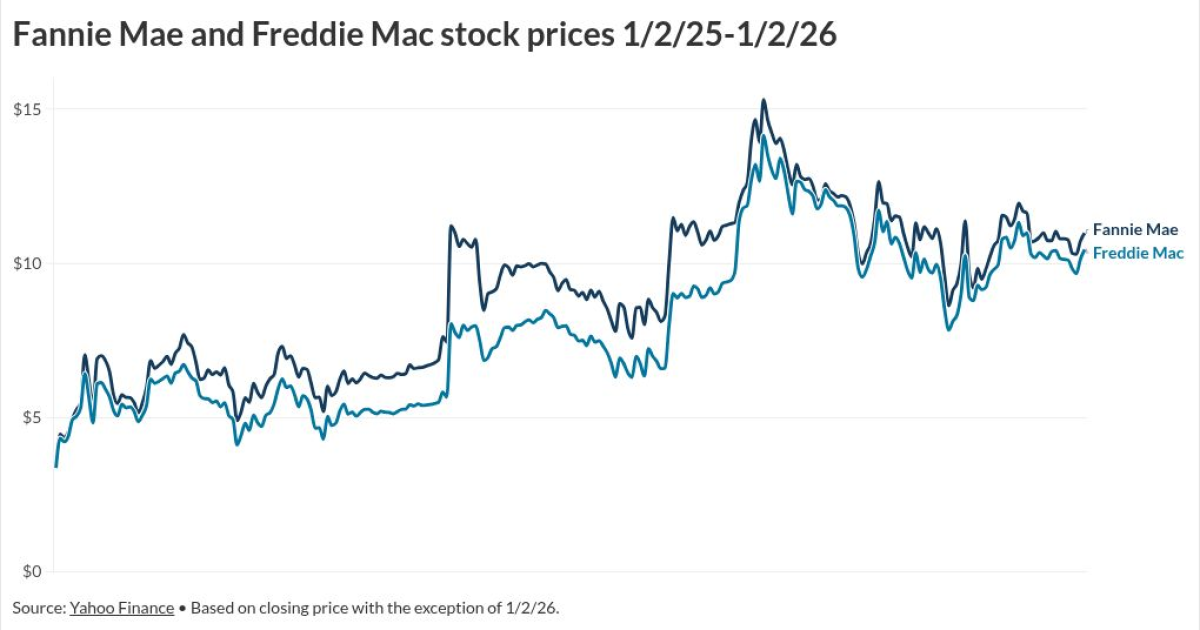
Federal inaction on a looming flood insurance deadline could further disrupt the nation's ailing housing market.
Mortgage lending in some regions could come to a halt if Capitol Hill fails to reauthorize the National Flood Insurance Program set to expire Sept. 30. That threat comes atop soaring home insurance premiums due to environmental disasters and broader economic conditions.
"If we don't take on those larger questions, then insurance companies will be the ones left in charge of land use and housing policy through their rate and underwriting decisions," said Douglas Heller, director of insurance at the Consumer Federation of America, in a U.S. Senate committee hearing earlier this month.
Property insurance premiums have risen 40% faster than inflation since 2017, and homeowners paid $125 billion to the industry last year, Heller said. Floridians by far pay the highest average premiums, at around $6,000.
Some homeowner premiums among the 4.7 million NFIP policies have soared following a new Risk Rating 2.0 methodology. Ten states have sued the government over the changes.
New mortgages would halt if the NFIP isn't reauthorized, Sen. John Kennedy, a Republican from Louisiana, said. When the program lapsed for a month in 2010, the market lost around 1,400 residential home sale closings per day, according to the National Association of Realtors.
The Mortgage Bankers Association in a letter also urged senators to renew the program. Lawmakers during the hearing didn't suggest an NFIP renewal was imminent, nor did they discuss interest in reform.
"I think the consensus is everybody believes they're just going to redo it for a year," said Tony Turner, senior vice president at New Orleans-based Gulf Coast Bank and Trust. "It's just kicking the can down the road."
The average annual NFIP premium was $935 in the fourth quarter, up 22% year-over-year. Previously unavailable private flood coverage has buoyed protection. Experts meanwhile say many homeowners underestimate their need for flood coverage.
Insurers blamed exits from California and Florida on greater flood, fire and hurricane threats and their expenses multiplied by inflation. Homeowners insurers also have their own policies, and reinsurance firms have hiked their premiums up 35% in the first half of this year, according to expert testimony in the Senate.
"Everybody just thinks it's climate change," said Craig Eagleson, president and chief revenue officer of Incenter Insurance Solutions. "The natural disasters are a piece of it, but it's the inflationary and the regulatory issues."
Eagleson's firm provides embedded insurance to real estate businesses, allowing consumers to access coverage options as they seek a mortgage. He recalled a $9,000 premium for a $3 million house on Florida's Atlantic Coast two years ago compared to a $74,000 policy on a $3.4 million home north of Miami six weeks ago.
Sunshine State insurers have also paid a whopping $51 billion in legal fees in the past decade, 71% of which has gone to attorney's fees, experts said. Florida lawmakers recently passed tort reforms for the troubled market.
In California, over a dozen providers have either stopped writing new coverage or quashed renewals for reasons including unique regulation. Proposition 103 allows a state agency to review insurance rate hikes, a system that has stymied some proposed fee raises for up to two years, experts said.
Regulators there last week also announced a plan to allow insurers to price in climate risks, although the agreement between the state and insurers may result in more elevated premiums.
Homeowners are also missing more bills because of insurer restrictions around payment plan flexibility, said Lauren Menuey, managing director of Goosehead Insurance. Companies are also not renewing policies in the case of missed payments.
The industry last year posted a slight underwriting loss, paying out $1.02 for every $1 premium it received, said Jerry Theodorou, policy director of finance, insurance and trade at the R Street Institute. The industry, however, offset the underwriting loss with investment income delivering a 4% positive return.
Loan officers and shoppers aren't always aware of the insurance headwinds either, Turner said. First-time homebuyers are often surprised when they look at premiums, he said, and mortgage lenders have lost applicants once consumers realize the costs.
Experts also suggested upgrading residential properties to mitigate coverage costs. Lawmakers didn't speak further on the possibility of providing additional federal insurance aid.
Officials from the 10 states suing the government over the NFIP's Risk Rating 2.0 testified before a federal court last week, describing the widespread impact of higher flood premiums. Real estate disruption could lead to lower tax revenue, which in turn could dampen flood prevention and mitigation efforts, witnesses said.
"The loser in this situation is the customer, it's the homeowner," Menuey said.



